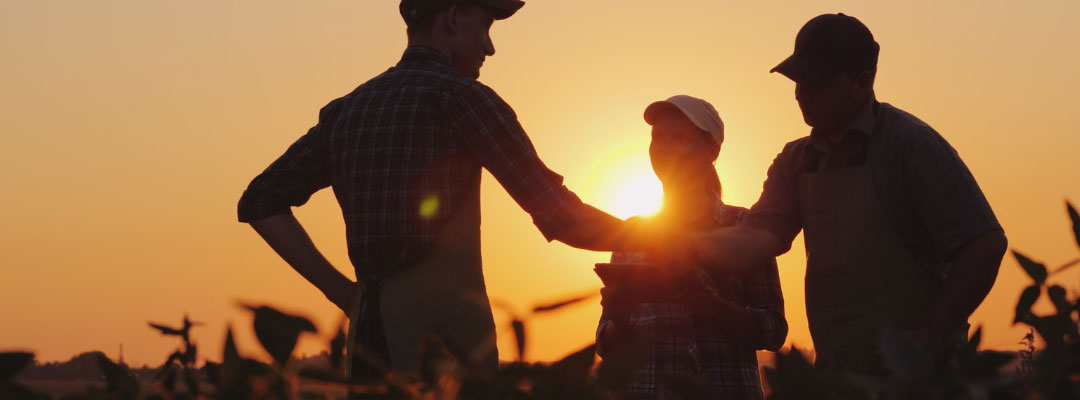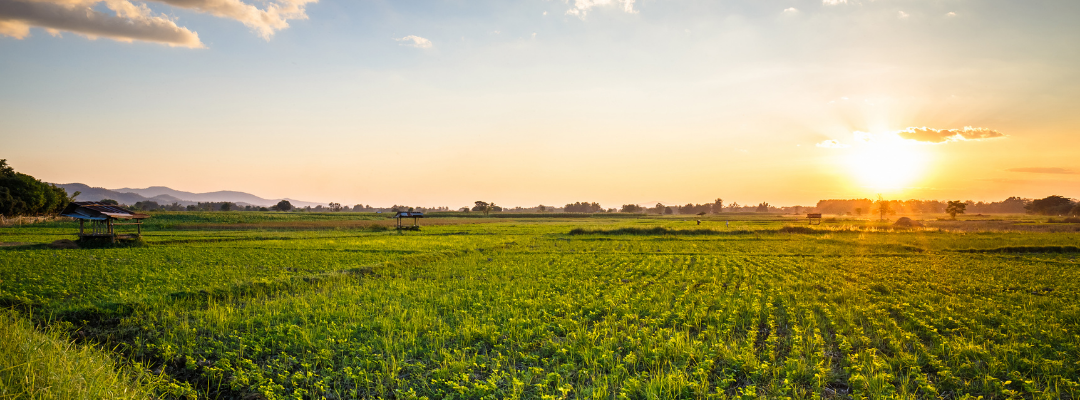On occasion, I am approached by a group of producers who have a business idea that is too big for any one producer to achieve. Their first thought is “we need a cooperative.” Their second thought is often “what is a cooperative, and how does it work?” Simply put, a cooperative is a business that is jointly owned by its customers. It operates much like any other business; however, its ownership and distribution of profits is based on an individual’s use of the business. Cooperatives are an integral part of our agricultural system and help to guarantee market access and manage risk for agricultural producers. They benefit their communities by helping profits to remain in the local economy.
Cooperatives generally form out of an economic need to correct shortcomings in the market. In general, agricultural producers form cooperatives for various reasons:
- Reduce costs through volume purchasing
- Obtain market access to more buyers
- Improve bargaining power when marketing commodities
- Obtain products and services that might not otherwise be available
- Improve quality of offered products and services
- Improve income through activities that add value to commodities
Cooperation, then, is a strategy that agricultural producers jointly employ to achieve their business goals. However, this strategy comes with added complexity to manage. Further, it isn’t a solution for a poor business plan. A cooperative is a business with a joint ownership structure. Its success is subject to the economics of the business and its approach to the competitive environment. For those who are interested in forming a cooperative, you might ask yourselves a few pertinent questions.
- Do we have a business plan?
- What volume is required for profitability?
- Will we have enough members to provide the needed volume of business?
- Is this product or service already provided in the market?
- Who are our competitors, and how might they react?
- Is the cooperative necessary to combat the market power of our buyers or sellers?
Your Extension professional can help you think through these issues.
Further Reading
John Park. “The Question of Cooperation” Field & Fiber, Spring/Summer 2021, Plains Cotton Cooperative Association. https://pcca.com/article/the-question-of-cooperation/
John Park, Jonathan Baros, Rebekka Dudensing. 2009. “Communicating the Value of Texas Cooperatives.” Roy B. Davis Cooperative Management Program, Texas A&M AgriLife Extension. https://agecoext.tamu.edu/wp-content/uploads/2013/08/Communicating_Cooperative_Value.pdf
Park, John. “Should We Form a Cooperative?“. Southern Ag Today 2(39.5). September 23, 2022. Permalink










